Monday Memo: Happy Campers
By Holland Cooke
Consultant
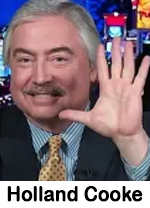 For spring break this year, Sarah and I revisited Sandals Grand Bahamian all-inclusive resort – NOT inexpensive, and very worth it. We’ve already booked same-week-next-year, and we think we know who we’ll see there then.
For spring break this year, Sarah and I revisited Sandals Grand Bahamian all-inclusive resort – NOT inexpensive, and very worth it. We’ve already booked same-week-next-year, and we think we know who we’ll see there then.
Among those we chatted-up at beach bars: Owner of a HVAC service company in Iowa. He arrived ahead of 16 employees and +ones (“the other 16 are back there keepin’ the heat on”). And get this: He said that, for some, it’s their first airplane travel. And they land in Nassau! WHAT a boss, eh?
Another business owner we met topped that! He had 38 inbound next-day for a long weekend. To qualify for this “President’s Club” trip, those 19 reps each moved a million dollars of product in 2023.
“Selling what?” I had to ask. “All the things nobody wants to buy,” he quipped. His company is a rack jobber, meaning it has agreements with retailers to display and sell products in-store. Think cigarette lighters and the thousand other items you see at gas stations and convenience stores.
Going right into Larry King mode, I learned about those sunglasses that retail for $19.99. He buys ‘em by the palette, 19 cents each. And when I asked “What was HOT 2 years ago, and is NOT now?” he replied, without hesitation, “masks.”
He caught my ear when he used the term “liberal” to describe regions. In talk radio, that’s a political term. But the way he used it reflects Michael Jordan’s famous quote, “Republicans buy sneakers, too.” Like politics, commerce is regionalized. And he spoke in practical terms: Phone charger cords sold in the northeast are predominantly iPhone-compatible. “Get much-south-of New York,” and Android cords are also popular.
Contributing to inflation: Pre-pandemic, the usual business model was that the store paid for what his company delivered. Some clients were big-enough to change that, to paying-upon-SALE, which bar codes enable. So, the rack jobber is on-the-hook for “inventory shrinkage” (shoplifting and pilferage). But the arm-wrestling continues… and at least 19 reps are winning.
Heading for our final-night-there dinner, we passed the President’s Club reception in a VIP area; and next morning at breakfast, we spotted President’s Club T-shirts. We expect to see more next year, because, as the boss winked, “those wives want to come back!” and they tend to be supportive of long workdays in the meantime. 😉
Holland Cooke (HollandCooke.com) is a consultant working at the intersection of broadcasting and the Internet. He is the author of “The Local Radio Advantage: Your 4-Week Tune-In Tune-Up,” and “Close Like Crazy: Local Direct Leads, Pitches & Specs That Earned the Benjamins” and “Confidential: Negotiation Checklist for Weekend Talk Radio.” Follow HC on Twitter @HollandCooke and connect on LinkedIn.




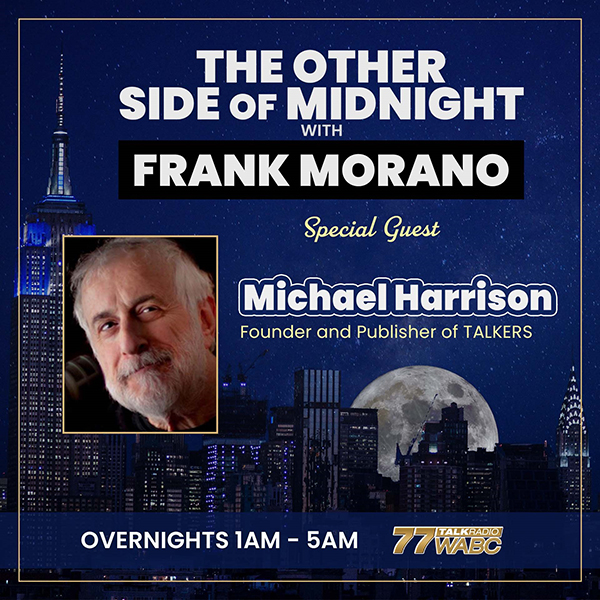
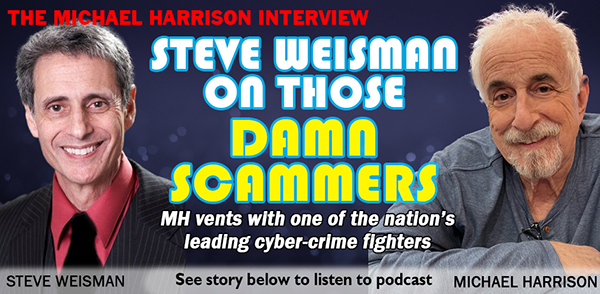
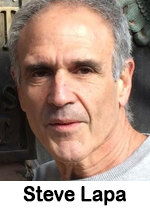 Think about the concept for just a minute. Manhattan Island for $24? Peter Minuit knew value.
Think about the concept for just a minute. Manhattan Island for $24? Peter Minuit knew value.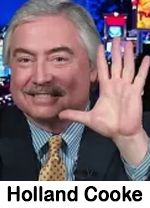 Sell a local advertiser a promotion – a contest which awards a major prize from the advertiser’s inventory – to the winner who creates the best commercial for the advertiser.
Sell a local advertiser a promotion – a contest which awards a major prize from the advertiser’s inventory – to the winner who creates the best commercial for the advertiser.
 Original ideas are golden and rare. Here are five ideas worth stealing because of their novelty, success and oh-wow factor!
Original ideas are golden and rare. Here are five ideas worth stealing because of their novelty, success and oh-wow factor! Is that host read you are pitching “baked-in?”
Is that host read you are pitching “baked-in?”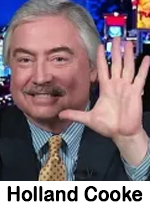 It’s not your imagination. The world has gone daffy. The USA is all-but boots-on-the-ground in rough neighborhoods around the world. Weather is getting even wackier. The next gun nut could open fire, at any moment, anywhere. 2024 campaign? It’s a long way to November. And even in this rebounding economy, supermarket prices still hit-home… if you can get there.
It’s not your imagination. The world has gone daffy. The USA is all-but boots-on-the-ground in rough neighborhoods around the world. Weather is getting even wackier. The next gun nut could open fire, at any moment, anywhere. 2024 campaign? It’s a long way to November. And even in this rebounding economy, supermarket prices still hit-home… if you can get there.
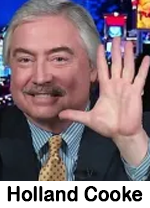 Radio programming is like any business. Our best prospects are existing customers (getting people already listening to listen more often). And – without spending a dime on outside promotion – we can if the station is known-for-knowing. Set the expectation that we have listeners’ backs and optimize the information we deliver.
Radio programming is like any business. Our best prospects are existing customers (getting people already listening to listen more often). And – without spending a dime on outside promotion – we can if the station is known-for-knowing. Set the expectation that we have listeners’ backs and optimize the information we deliver.
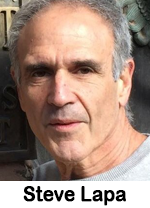 Are you a sales curmudgeon? You know, that old-school, out-of-touch terrestrial radio ad sales rep who is too lazy to learn the new digital/social media sales world?
Are you a sales curmudgeon? You know, that old-school, out-of-touch terrestrial radio ad sales rep who is too lazy to learn the new digital/social media sales world?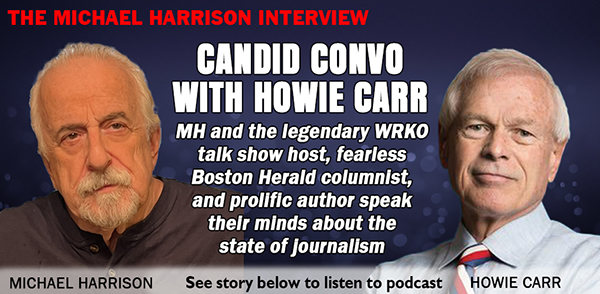
 When reviewing our industry’s awards such as the Crystals or Marconis there are two categories missing. They are: “Best New” and “Best Innovation.” Imagine if winners were announced for these prizes:
When reviewing our industry’s awards such as the Crystals or Marconis there are two categories missing. They are: “Best New” and “Best Innovation.” Imagine if winners were announced for these prizes: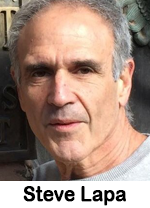 Have we passed the disappointment of 2023?
Have we passed the disappointment of 2023? If you’re a news/talk station, don’t assume that you own “news radio” in your market. Imaging is important, but it merely talks-the-talk. You walk-the-walk with local news copy that delivers what solid commercial copy does: benefits. Just doing local news makes you special. But do listeners simply hear a station voice… reading something? Are you merely… accurate? Or do you deliver “take-home pay,” unwrapping the story to tell the listener something useful?
If you’re a news/talk station, don’t assume that you own “news radio” in your market. Imaging is important, but it merely talks-the-talk. You walk-the-walk with local news copy that delivers what solid commercial copy does: benefits. Just doing local news makes you special. But do listeners simply hear a station voice… reading something? Are you merely… accurate? Or do you deliver “take-home pay,” unwrapping the story to tell the listener something useful?
 If
If 
 Super Bowl LVIII could have been the best ever.
Super Bowl LVIII could have been the best ever.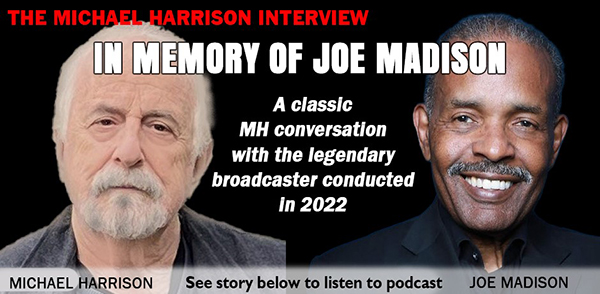
 For several years I’ve had the surprising privilege of serving as a member of the nominating committee of the Radio Hall of Fame. How does the process work? Let me clear up some of the mystery. FAQ:
For several years I’ve had the surprising privilege of serving as a member of the nominating committee of the Radio Hall of Fame. How does the process work? Let me clear up some of the mystery. FAQ: